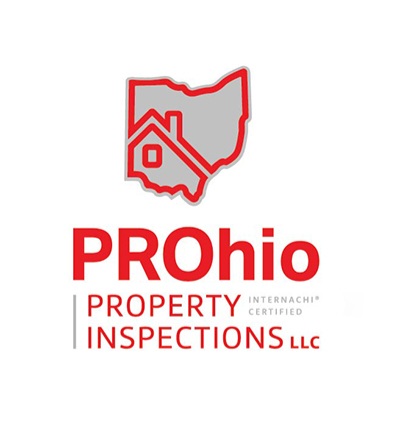Old homes boast timeless charm and historic character, but behind the beautiful façade may lurk a silent threat – lead pipes. With a legacy dating back centuries, lead pipes were once the go-to plumbing material due to their durability and malleability. However, we now understand the severe health risks associated with lead exposure, making it crucial for homeowners and potential buyers to be aware of the potential dangers lurking within these aging properties. In this article, we will explore the hazards of lead pipes in old homes and the importance of thorough property inspections conducted by professionals like PROhio.
1. The Prevalence of Lead Pipes in Old Homes
Lead pipes were widely used in homes until the early 20th century. If you own or are considering purchasing an older property, there is a significant chance that lead pipes may still be present in its plumbing system. These pipes can leach toxic lead into the drinking water, posing a serious health risk, especially to children and pregnant women.
2. Health Impacts of Lead Exposure
Lead exposure is particularly hazardous, even at low levels. Prolonged exposure can lead to various health issues, including neurological and cognitive impairment, developmental delays in children, and reproductive problems. In extreme cases, lead poisoning can result in irreversible damage to vital organs, including the brain, kidneys, and nervous system.
3. Identifying Lead Pipes
Identifying lead pipes can be challenging, as they often resemble other types of plumbing materials. A comprehensive property inspection, conducted by professionals like PROhio, can detect the presence of lead pipes through non-invasive testing methods. These experts employ XRF (X-ray fluorescence) analyzers to accurately identify lead and other hazardous materials in the plumbing system.
4. Replacing Lead Pipes
If lead pipes are discovered during a property inspection, prompt action is necessary. Complete removal and replacement of lead pipes with safer alternatives, such as copper or PVC, are essential to ensure a safe water supply. This process should be handled by licensed plumbers who have experience dealing with hazardous materials to prevent any further contamination.
5. Regulatory Compliance
Property owners should be aware of local and federal regulations regarding lead pipe removal and replacement. Understanding the guidelines is crucial in avoiding potential legal issues and ensuring the property meets safety standards.
6. Benefits of Professional Property Inspections
Partnering with a reputable property inspection company like PROhio can provide homeowners and buyers with peace of mind. These professionals possess the expertise and tools to identify lead pipes and other potential hazards accurately. By investing in a thorough inspection, property owners can make informed decisions and take the necessary steps to safeguard their health and the well-being of their loved ones.
Old homes may exude charm and history, but they can also harbor potential dangers in the form of lead pipes. With the health risks associated with lead exposure, it is crucial for homeowners and prospective buyers to be vigilant and conduct comprehensive property inspections. Engaging the services of trusted professionals like PROhio can help ensure a safe and secure living environment. By staying informed and taking prompt action, we can protect our homes and loved ones from the hidden hazards of lead pipes in old properties.
